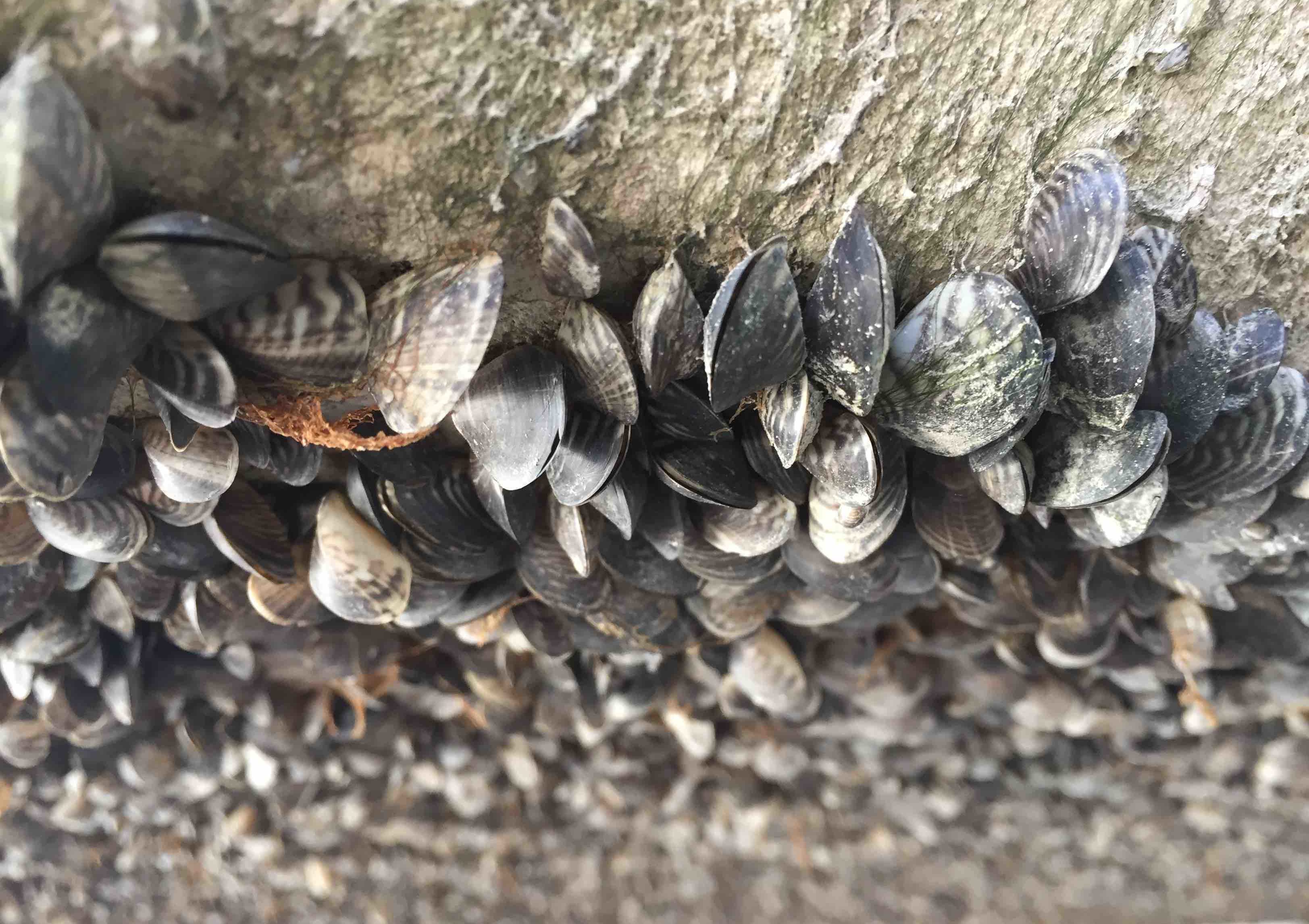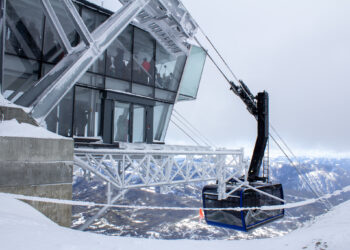Steps everyone should be taking
By Jessianne Wright EBS Contributor
At first glance, they might look like an organism you’d expect to find in any body of water in Montana. But to the trained and conscious observer, New Zealand mudsnails, quagga mussels and zebra mussels are recognized as grave threats to Montana’s rivers.
Aquatic invasive species are nonnative plants, animals and pathogens whose presence can cause severe damage to local ecosystems. Often times, these species are able to thrive and spread rapidly in new environments, where there is little competition and a lack of natural predators.
New Zealand mudsnails and whirling disease are just two examples of invasive species present in Montana’s waterways, while quagga and zebra mussels, which have been found on watercraft traveling through the state, pose a constant threat of invasion.
Fortunately, the Gallatin watershed remains healthy, however it will take a conscious effort to keep it so. Many outdoor activities can inadvertently lead to the spread of invasive organisms, from fishing and boating, to hiking and four wheeling.
“Aquatic invasive species have had devastating ecological and economic impacts in water bodies across the United States,” wrote Kristin Gardner, executive director for the Gallatin River Task Force, in an email to EBS.
“Preventing the introduction and spread of aquatic invasive species in the Gallatin River is critical to protect the health of this irreplaceable resource,” she added. “Once invasive species are established they’re nearly impossible to eliminate and difficult to manage, so prevention is key.”
Here are some things you can do to keep the Gallatin healthy and free of aquatic invasive species.
Clean. After you’re done recreating or fishing near a waterbody, completely remove all plants, animals, mud and standing water from your equipment. This includes your boats, paddleboards, hiking boots or waders. Pay close attention around the tread and inside of your boots, as well as crevices and folds.
After removing what you can see, rinse your gear streamside, or in a bucket of water. It’s a great idea to carry a brush with you in order to quickly scrub down equipment and make sure there isn’t any mud remaining.

Don’t forget to take a good look at your dog too. Tiny microorganisms can easily become trapped in our four-legged companion’s hair, so be sure to give them a good scrub-down before you leave and consider a bath at the end of the day.
When you get home, or if possible in the field, use hot water that’s at least 140 F to spray down or soak your gear. Heat can kill some invasive species, but not all, so be sure to allow your gear to dry after hot water treatment.
Drain. If you use a watercraft, drain or remove water from your boat, bilge, pipes, live-wells, engine, internal compartments and bait buckets by removing drain plugs before leaving the waterbody. Keep in mind that some organisms are microscopic so you may not be able to see them, which is why any standing water needs to be removed.
Dry. Aquatic invaders can only survive in wet areas. Drying your watercraft and all of your equipment thoroughly will kill most invasive species. Felt-soled wading boots stay wet longer and can trap microorganisms in the felt, so make sure to give these boots extra time to dry. Consider using new slip-resistant alternatives to felt soles and heed any regulations against using felt—Yellowstone National Park no longer allows felt-soled boots in its waters.
After allowing your waders to dry, you can also put them in a freezer for 24 hours to kill any lingering threats. Freezing your gear overnight is also a good option if you’re on a traveling trip and don’t have time to let everything dry completely between waters. Drying is more effective at killing invasives, but freezing will kill some as well.
Inspection stations. Montana Fish, Wildlife and Parks has more than 30 watercraft inspection stations operating around the state and those traveling with boats are required to stop if they encounter an open station. This includes canoes, kayaks, rafts, drift boats and pontoons. Typically, these stops are brief and include an inspection and short series of questions about where the watercraft has been.
This heightened effort to protect Montana’s waters is in response to mussel larvae found in water samples from Tiber Reservoir north of Great Falls and a suspect sample from Canyon Ferry Reservoir northeast of Helena in the fall of 2016.
For more information on aquatic invasive species, or to find inspection and decontamination stations, visit cleandraindrymt.com or call (406) 444-2440.














